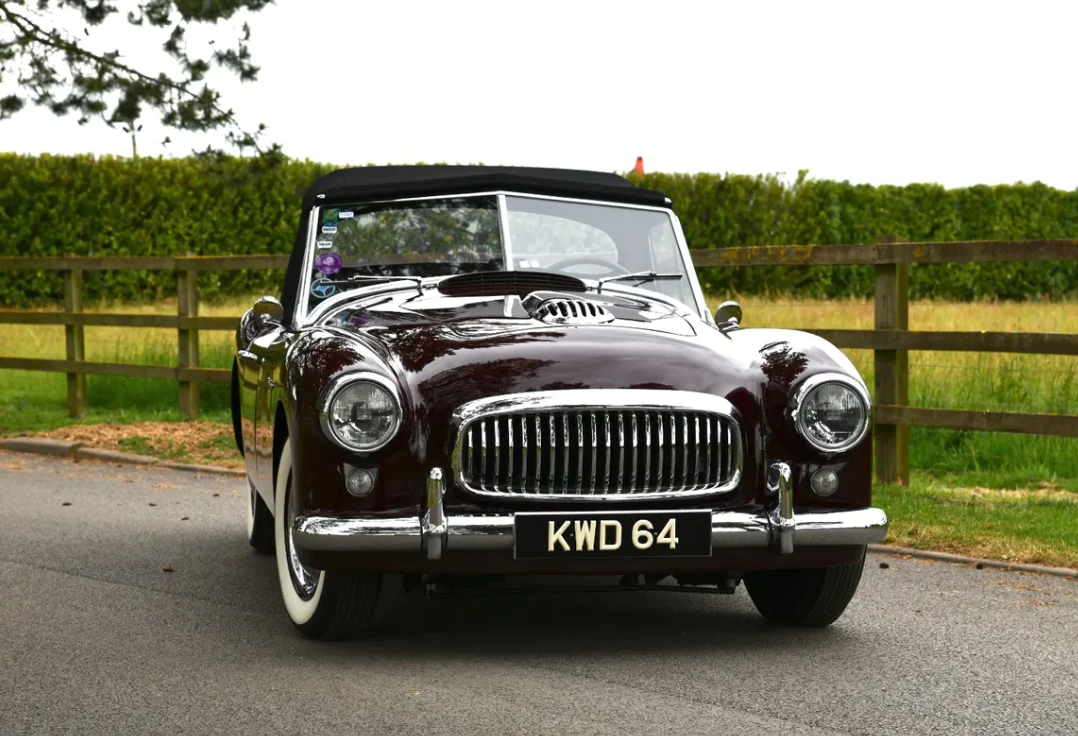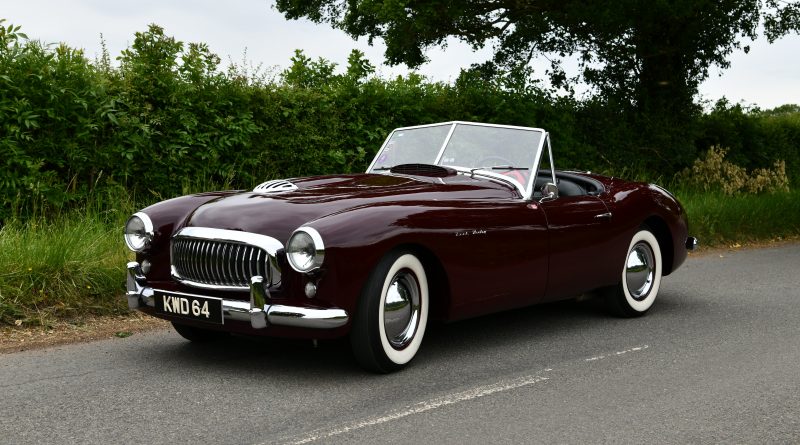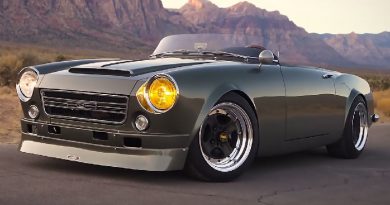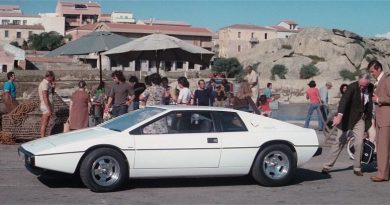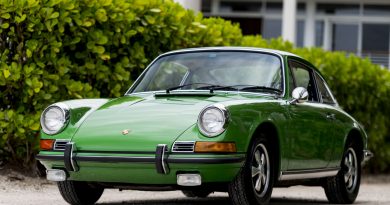1950 Nash Healey Roadster
The Nash-Healey is a two-seat luxury sports car or gran turismo produced between 1951 and 1954 and marketed by the automaker Nash-Kelvinator as a halo vehicle to promote sales of the other Nash models in North America.
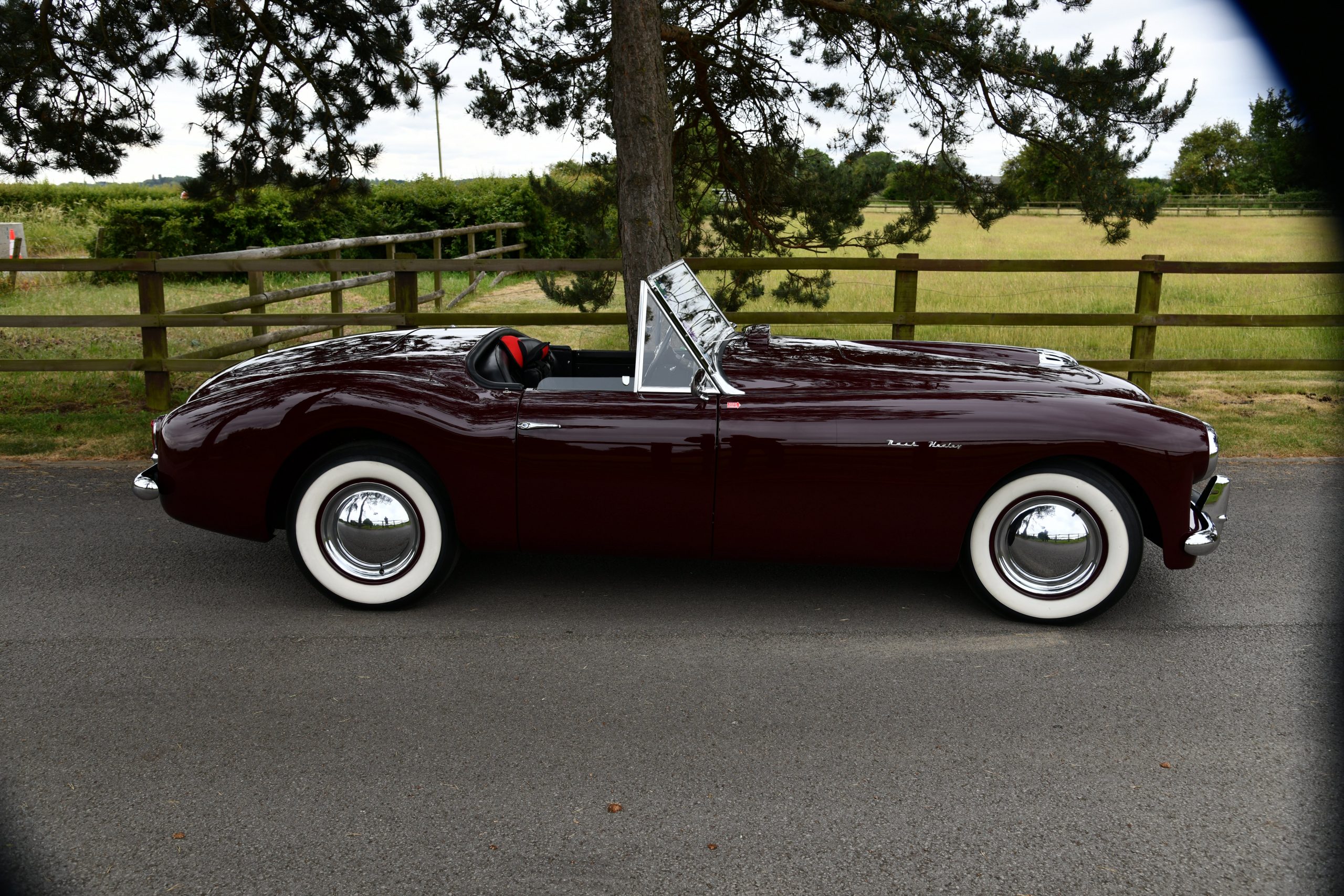
A mating of the upscale Nash Ambassador drivetrain and a handmade European chassis and body, it was the first sports car introduced in the U.S. by a major automaker since the Great Depression. It was the product of the partnership between Nash-Kelvinator and British automaker Donald Healey. Only a year after introduction the car received some styling tweaks by Pinin Farina and subassembly began in Italy.
A racing version, built with a spartan aluminum body, finished third in the 1952 Le Mans 24-hour race.
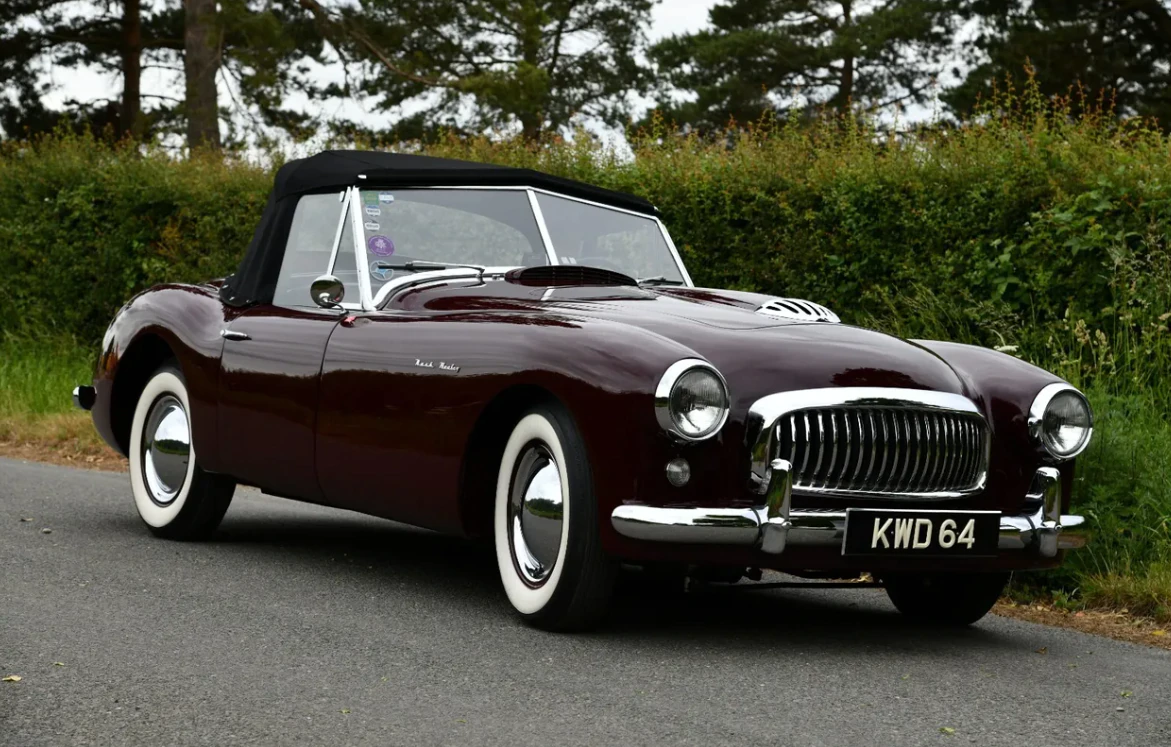
A strong argument can be made that the Nash-Healey was in fact the United States’ first production sports car. Of course, you have to overlook the Silverstone body and the assembly that took place at Healey’s Warwick factory in England. The car did, however, have a Nash drivetrain and predated the Corvette by several years. The earlier Kurtis-Kraft and the Muntz Jet were not actual production cars in the true sense of the word.

The 1952 Nash-Healey Roadster featured here is finished in stunning burgundy with an impeccably kept black interior. This incredible motorcar looks and performs wonderfully. It is benefiting from a beautiful older restoration that is beginning to show some light patina, which only adds to the charm of this motorcar.

The engine used in the Nash-Healey was Nash’s best, the well-respected Ambassador inline six. Boasting a sturdy seven-main-bearing crankshaft, the overhead-valve Ambassador mill was smooth and reliable. Displacing 234.8 cubic inches and rated at 115 hp in stock form, the big six was modified by Donald Healey to produce more power via a hotter camshaft, aluminum cylinder head and twin SU carburetors. In this form, it was conservatively rated at 125 hp at 4000 rpm. The engine was hooked to a Nash three-speed manual gearbox with overdrive, which came as standard equipment. An automatic transmission was never offered.

Nash probably lost money on every 1950 Nash-Healey, but the little car won new respect for the company along with a tremendous amount of publicity, and that’s mostly what Nash was looking for.
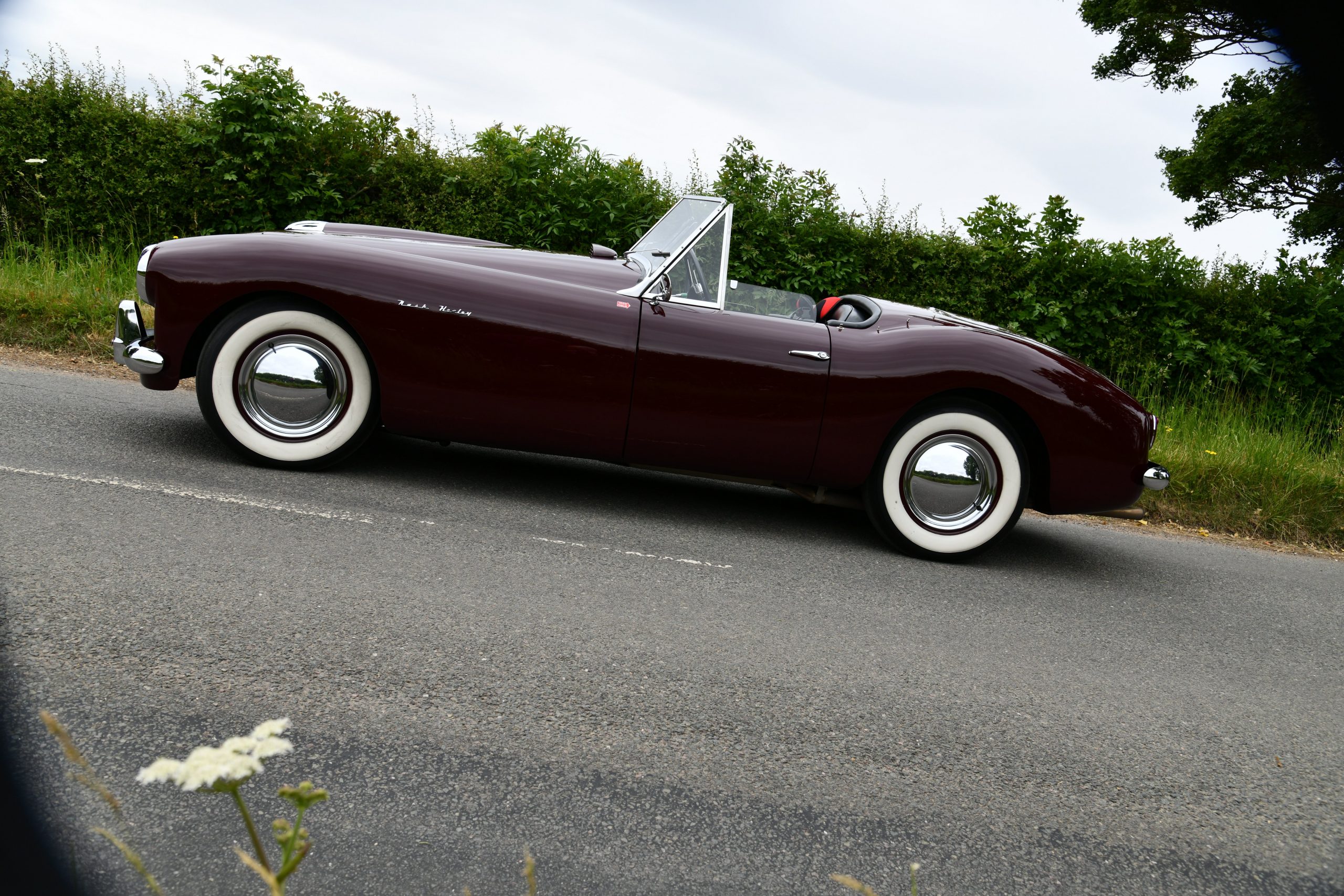
So, the 1950 Nash-Healey is a pleasing mix of American and British influences to make it one of the rarest and most desirable sports cars of the ’50s. Is it a British car or an American car? Is the second-generation Nash-Healey an Italian car? Quite simply, the Nash-Healey was an international car.
